A trip to Akron last Saturday took me near one of Ohio's most iconic natural areas, so I left early to spend some time in Kent Bog. Or, as it is formally known, the Tom S. Cooperrider Kent Bog State Nature Preserve. Tom deserves the honor. The Kent State University botanist has done lots of great things, and served as a mentor for many, yours truly included.
Kent Bog is a local (and state) treasure, and is heavily used by the people of Kent and surrounding areas.That such a place would survive in a rather heavily developed area is a bit of a miracle. I believe local support for the bog's well being has warded off one or two development schemes that would have taken place on its margins. If you get the chance, visit Kent Bog. Directions and other details are
RIGHT HERE.
Water droplets dangle from Highbush Blueberry, Vaccinium corymbosum.
As fate would have it, the day that I visited was wet. Very wet. Rolling waves of showers washed over nearly all day, punctuated by brief respites from the rain. I'm certainly not going to melt, but camera gear does not like being drenched. Nonetheless, I and my camera made the trek through the bog, and managed to come away with a few images.
Onto the boardwalk we go. Kent Bog is quite wet and spongy, and a trail of planking not only makes things easier for visitors, it also controls access. It would not behoove this rare plant community to have people going every which way. The one-half mile boardwalk is an easy stroll; far easier than free-form mucking through a place like this, I can tell you from plenty of experience.
Even a mildly astute observer of nature will notice plants that seem quite unusual, at least for Ohio. Scads of ghostly-barked Gray Birch,
Betula populifolia, occupy the bog. While common here, this is a rare species in Ohio.
The long acuminate leaves of Gray Birch, yellowing with age. This is a northern plant, near its southern limits at this site.
We penetrate deeper into the bog, which looks far more like Canada than Ohio at this point. Kent Bog is a glacial relict at this latitude; to find habitats such as this commonly, one would have to travel far to the north. Bogs would have been common in northeast Ohio up until a thousand or so years ago. Most have long succumbed to the advance of vegetative succession.
Etching the names of donors into the boardwalk is a great way to help fund an expensive trail. Dozens of boards are inscribed with donor names at Kent Bog, and each dedicated board's donation was adequate to fund construction of a stretch of boardwalk.
The bog was alive with migrant birds during my visit. For many, Kent Bog would have been a comfortable home away from home - just like the northern boreal forest where they bred or were spawned last summer. This is a tiny Ruby-crowned Kinglet, curious about my presence. Plenty of Golden-crowned Kinglets were also present. Rusty Blackbirds issued squeaky creaks from the bog's depths, and Yellow-rumped Warblers were everywhere. Once, while cowering under a dense tamarack during a particularly enthusiastic shower, a Winter Wren came within a few feet to stare at me with bright eyes. It undoubtedly wondered about the large hominid in its turf, but quickly lost interest and resumed foraging among the branches.
Ah! A rare bolt of blue from on high! There was probably a grand total of 15 minutes of intermittent sunshine in the morning, and when I saw it coming I rushed to good vantage spots. Here, we look into a gap framed by Tamarack,
Larix laricina.
Tamarack is a deciduous conifer. Before long, it'll lose its needles, but before they go they'll turn a stunning golden color. Kent Bog's Tamarack forest should be looking quite colorful in the next week or so; I was just a bit ahead of the color.
A couple of hundred miles to the north, Tamarack becomes extremely common but in Ohio it is limited to the relatively few bogs that remain. At some point in its distant past, Kent Bog was an open lake. It was created by a giant ice block calved from the retreating Wisconsin Glacier about 12,000 years ago. Plants more or less immediately began the process of colonizing the cold wet soil and mire left in the glacier's wake. Kettle lakes initially were ringed with plant life, including Tamarack. Over time, the plants grew out into the lake, and ultimately flora completely fills the lake - the natural fate that most Ohio bogs have experienced. Kent Bog has no open water remaining, and its thick cloak of Tamarack is essentially its last hurrah. Eventually the bog will transform into a deciduous swamp woods dominated by maple and other softwoods.
![]()
I spent a fair bit of time fooling with a lens that I don't use enough: the Tamron 70-200 f/2.8. This lens is awesome for landscape and people shots, and wildlife if the subject is fairly close. In the shot above, the lens is wide open at f/2.8, which gives the image a rather dreamy/blurry look that I find somewhat pleasing. The very last shot in this post was shot with the same lens at f/8, and you can compare that sharper look with this image.
The building block of bogs is
Sphagnum moss, or "peat".
Sphagnum holds water like a sponge, and exudes acidity as a byproduct of its growth. This creates a substrate that is hostile and uninhabitable for most plants; many that can grow here are specialized to these conditions.
A definite bog specialist is Tawny Cottongrass,
Eriophorum virginicum. It is not a grass at all, but rather a sedge.
A common shrub in Kent Bog's understory is one of only three native Ohio hollies, the Winterberry,
Ilex verticillata. Its brilliant orange-red berries are stunning.
As one nears the end of the boardwalk - if you went clockwise - a great mass of a shrublet known as Leatherleaf,
Chamaedaphne calyculata, comes into view. This member of the heath family can be extremely abundant in its northern haunts. In fact, it is so prolific in some peatlands that they are termed "Leatherleaf Bogs".
Just past the Leatherleaf patch is a conspicuous brown hay. Rather rare hay, as we shall see.
The previous photo shows a field of senescent Virginia Chain Fern,
Woodwardia virginica. This species, like most of the others that I've mentioned, is mostly a bog specialist, at least in Ohio. It is rare and local in our state.
The last stretch of trail navigates a gorgeous patch of upland forest dominated by oak, beech, maple, sassafras and other species that prefer to keep their roots out of the drink.
Kent Bog will be looking exceptionally showy for the next few weeks, but it looks great at any season. I hope you find the time to visit and experience one of our few remaining bogs.
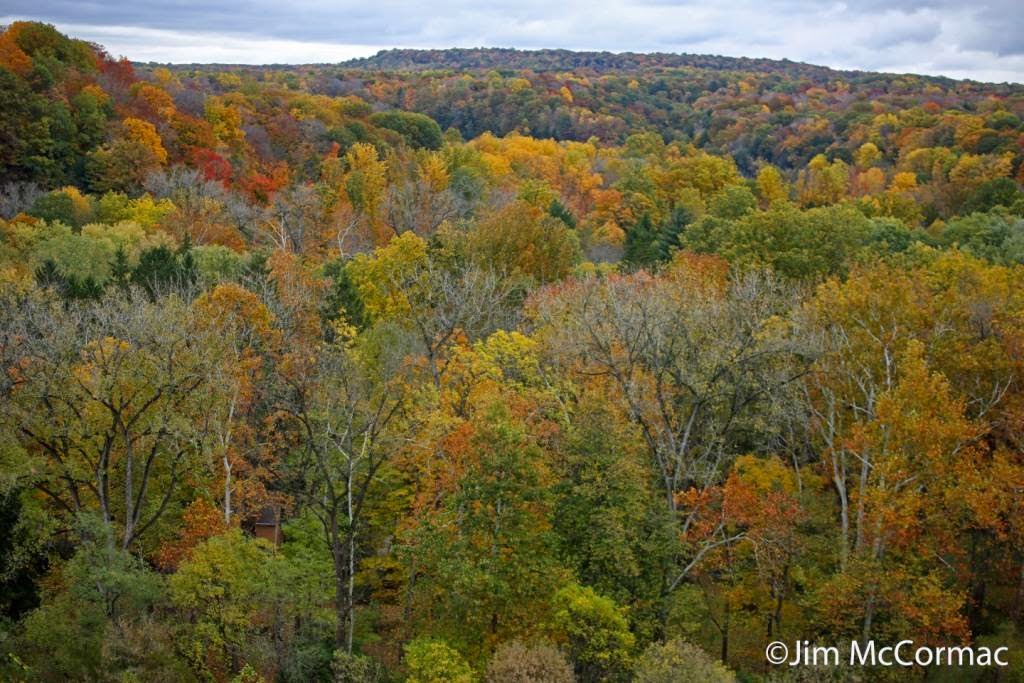



























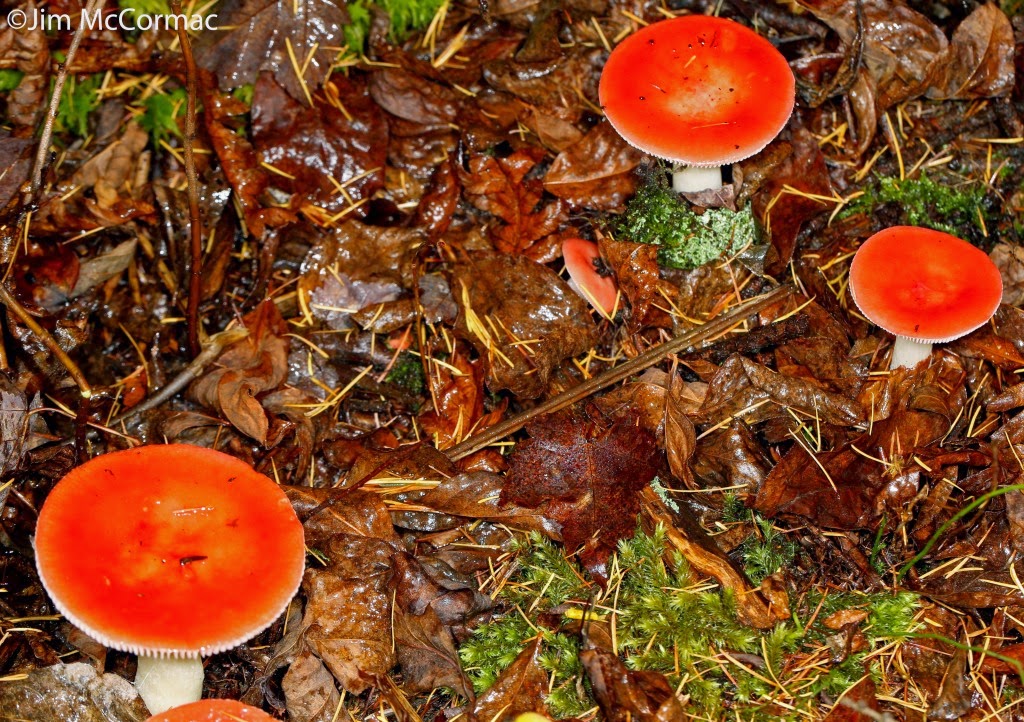








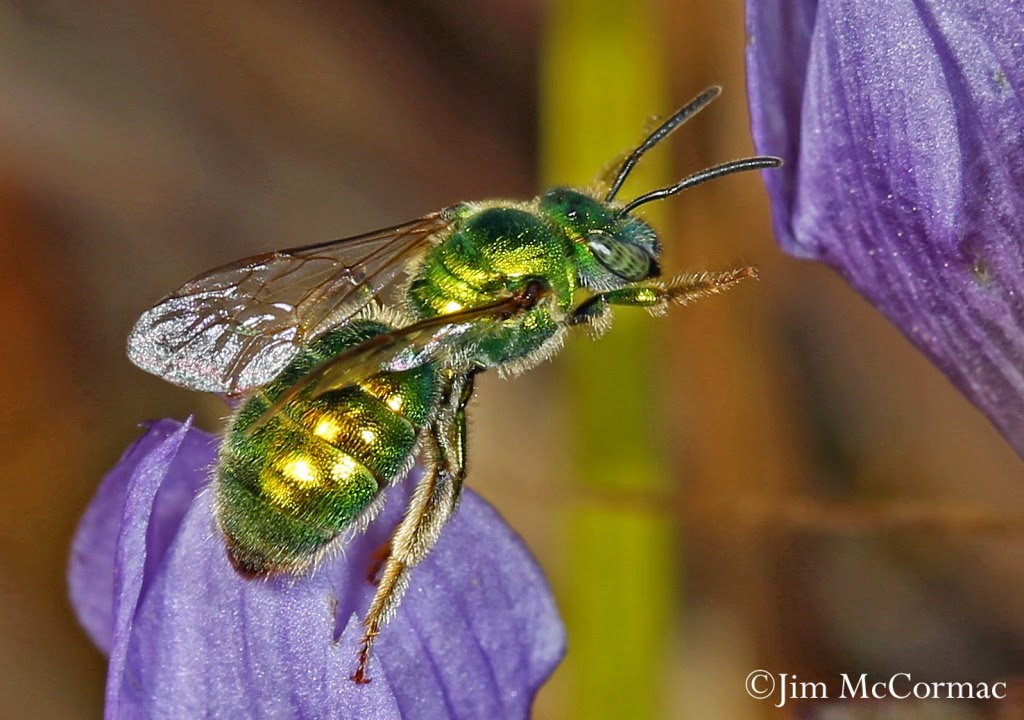










.jpg)
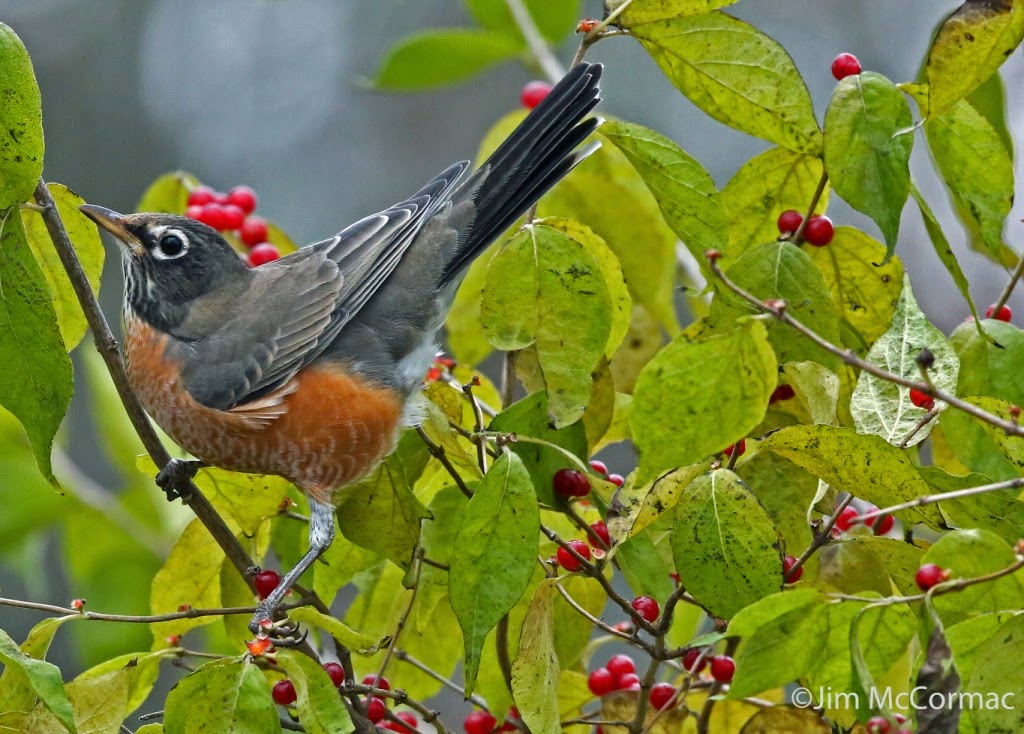.jpg)
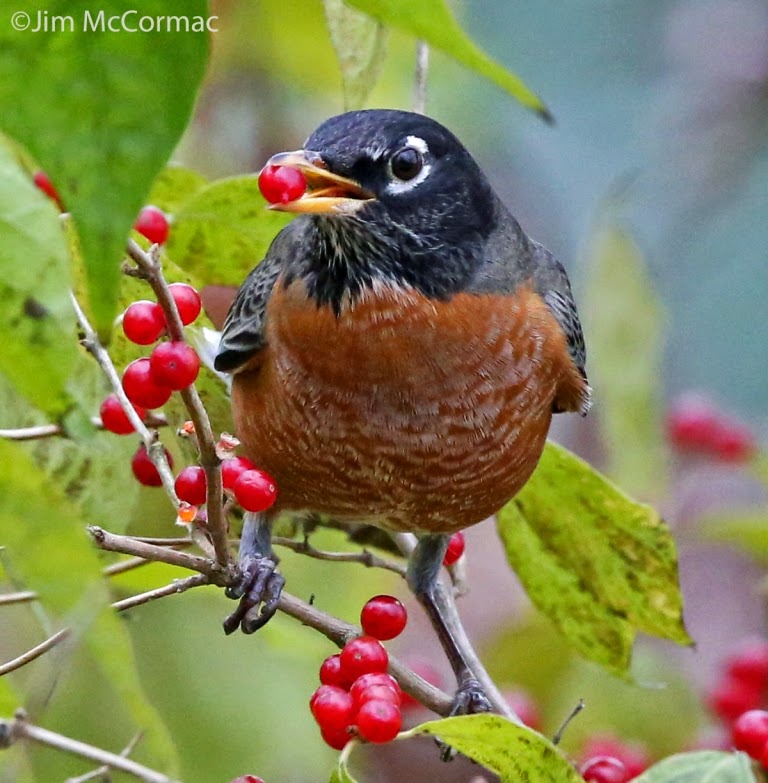.jpg)
.jpg)
.jpg)
.jpg)
.jpg)
.jpg)
.jpg)
.jpg)
.jpg)
.jpg)
.jpg)
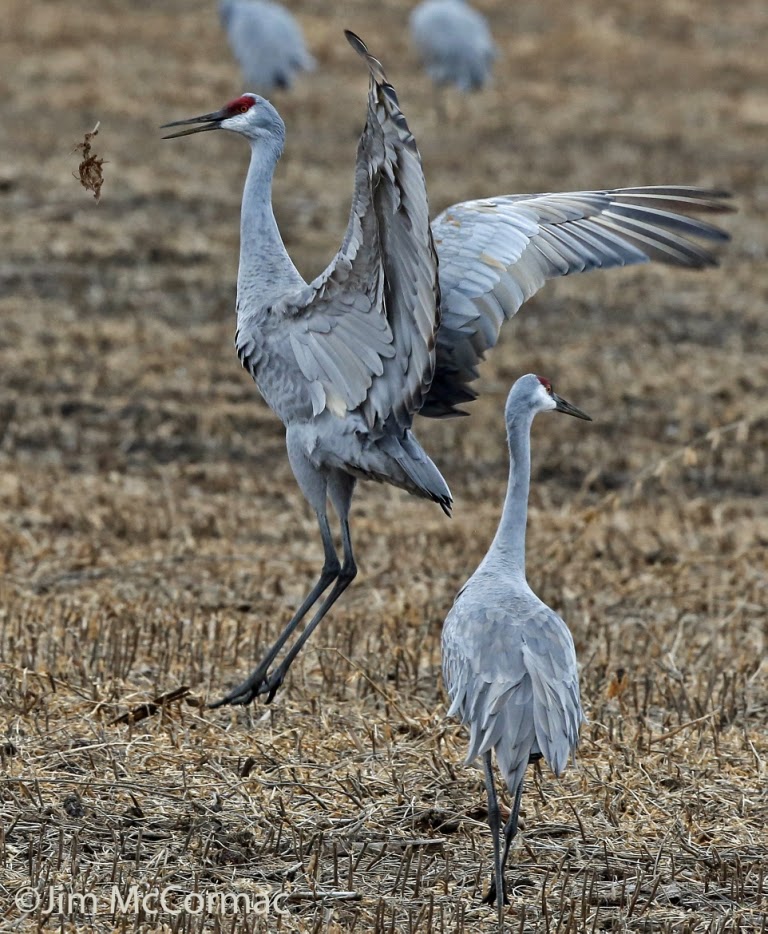.jpg)
.jpg)
.jpg)




















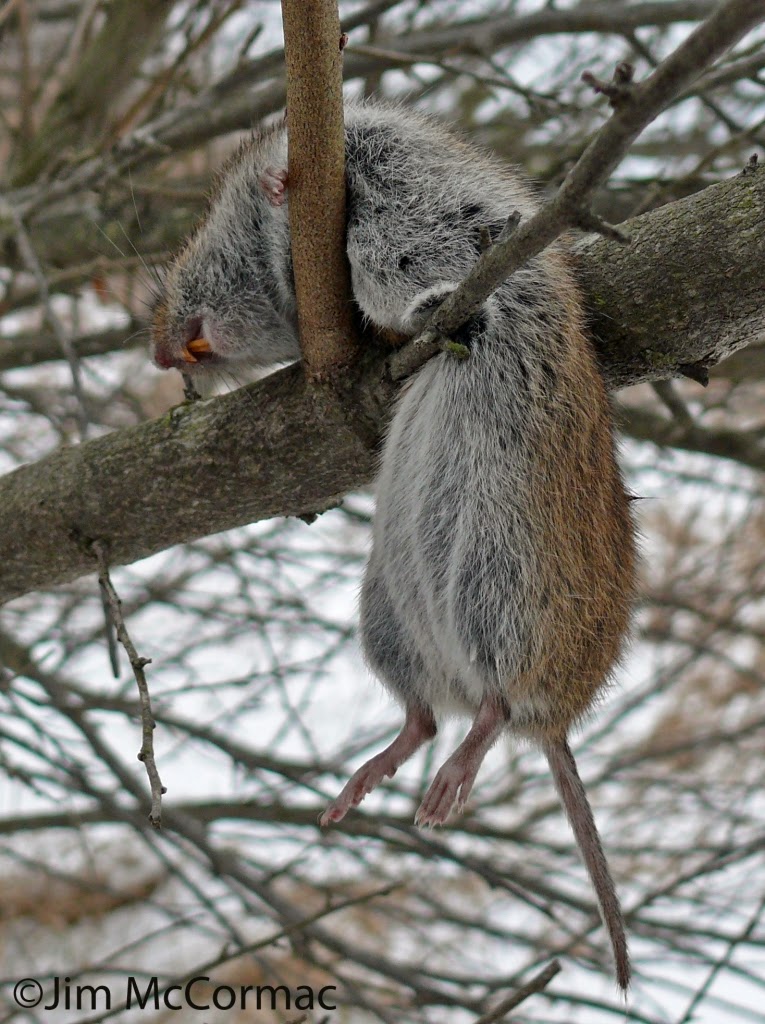


















.jpg)
.jpg)


.jpg)
.jpg)
.jpg)
.jpg)
